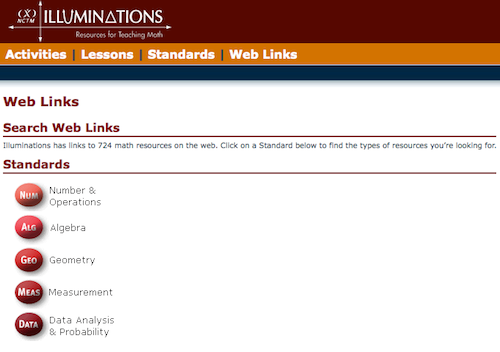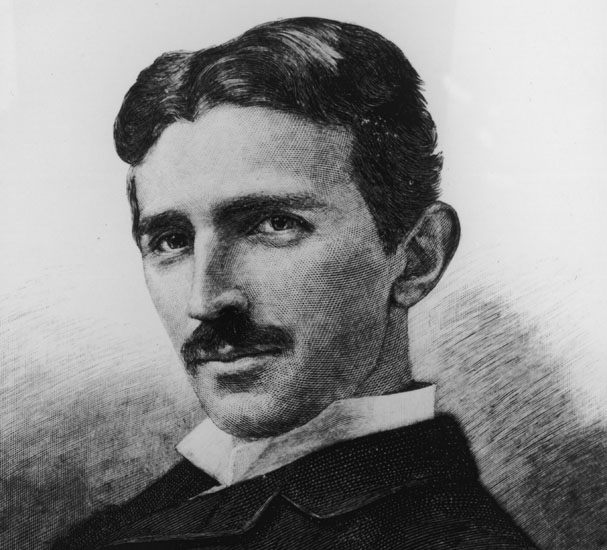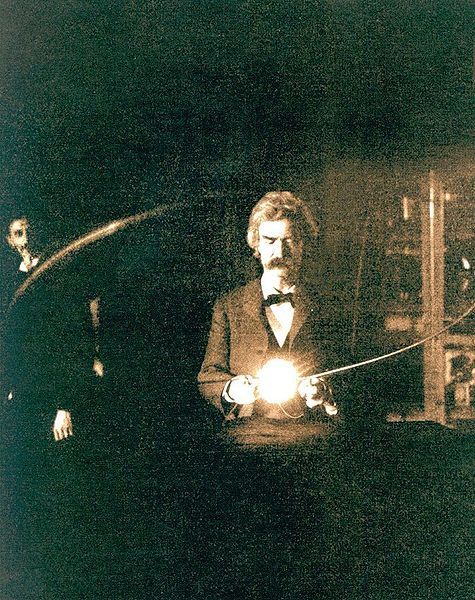The National Council of Teachers of Mathematics website is full of mathematics activities. It also provides a reviewed list of hundreds of links to websites that are not hosted by NCTM itself. An editorial board reviewed and classified the weblinks collection. The users navigate the collection through five categories reflecting the national standards in mathematics education: Numbers & Operations, Algebra, Geometry, Measurement, and Data Analysis & Probability.
This is a great resource that curates the treasures of mathematics activities on the web.







